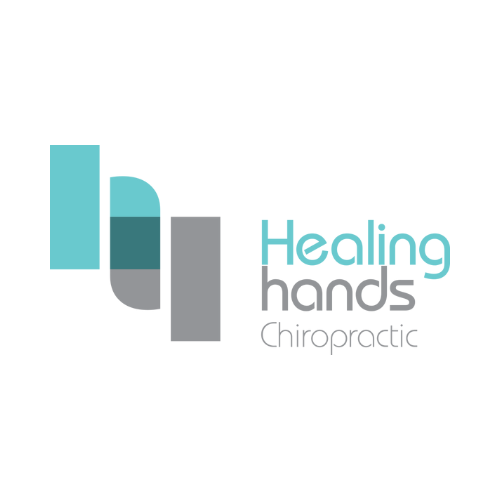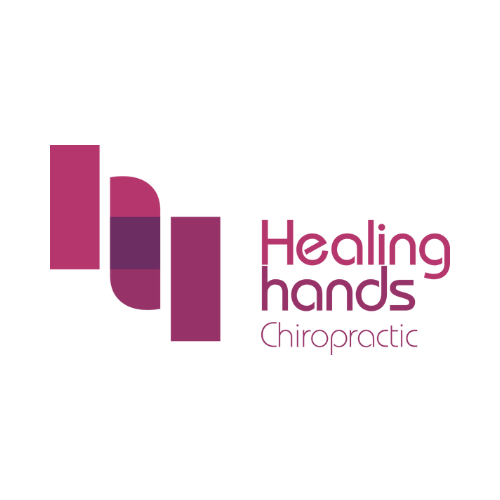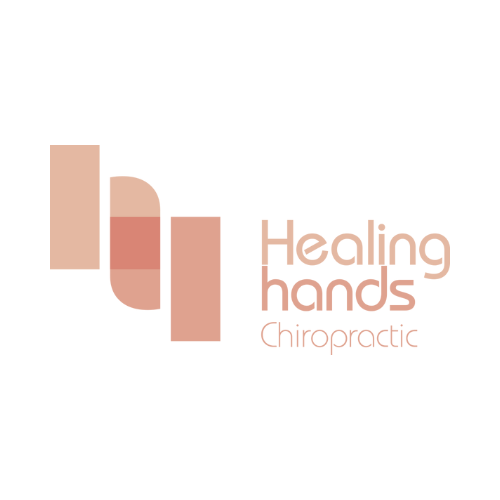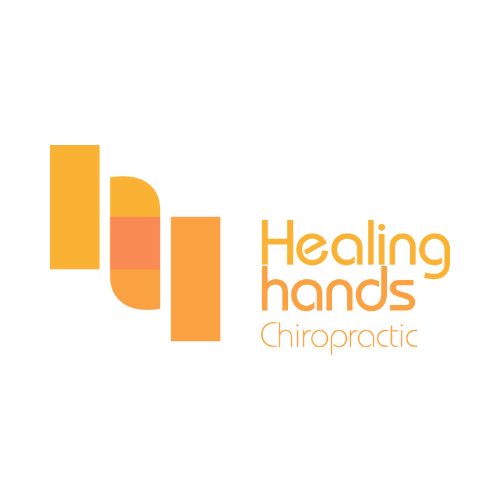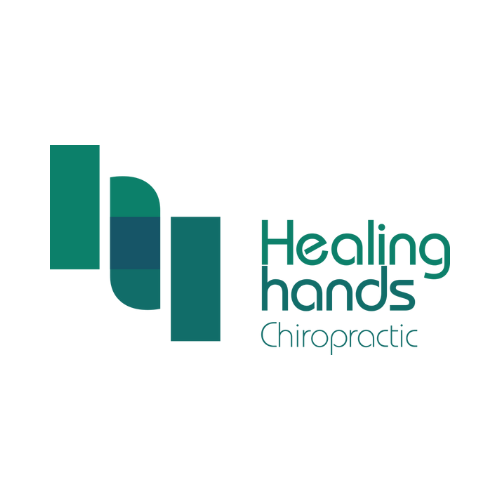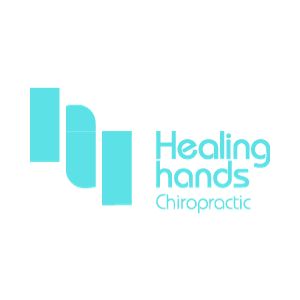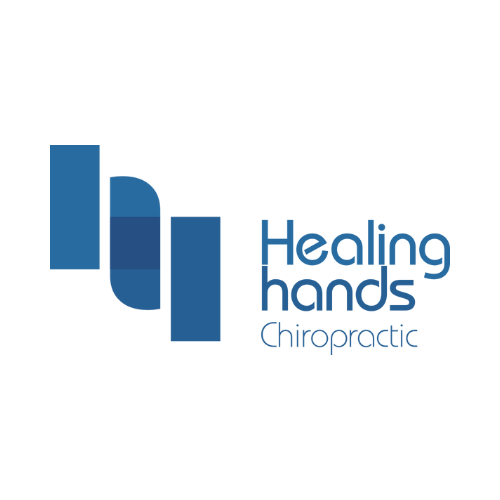Vertigo
What is vertigo?
Vertigo is a symptom characterized by a sensation of spinning or dizziness. It is often described as a feeling of being off-balance or a spinning motion that can be either subjective (felt by the person) or objective (observed by others). Vertigo is not a condition in itself but rather a symptom of an underlying problem within the vestibular system, which is responsible for maintaining balance and spatial orientation.
What are the symptoms of vertigo?
The symptoms of vertigo can vary from person to person, but common signs and symptoms include:
Spinning or whirling sensation: The perception of movement or rotation, either of oneself or the surrounding environment, even when there is no actual movement.
Dizziness: Feeling lightheaded, unsteady, or having a floating sensation.
Imbalance: Difficulty maintaining balance or coordination, often feeling as if you might fall.
Nausea and vomiting: Some individuals may experience these symptoms along with vertigo, particularly when the spinning sensation is severe.
Sweating: Excessive sweating can occur during episodes of vertigo.
Abnormal eye movements: Uncontrolled eye movements, known as nystagmus, may accompany vertigo. These eye movements can be horizontal, vertical, or rotary.
Hearing changes: In certain cases, individuals may experience changes in their hearing, such as a decrease in hearing or ringing in the ears (tinnitus).
Anxiety or panic: Vertigo episodes can be distressing and may lead to feelings of anxiety or panic in some individuals.
Difficulty focusing: Vertigo can make it challenging to concentrate or maintain visual focus.
It’s important to note that these symptoms may indicate various underlying conditions, such as benign paroxysmal positional vertigo (BPPV), Ménière’s disease, vestibular neuritis, or even more serious issues related to the brain. If you’re experiencing persistent or severe vertigo symptoms, it is recommended to consult with a healthcare professional for an accurate diagnosis and appropriate treatment.
What are the complications from vertigo?
Vertigo itself is a symptom of an underlying condition rather than a complication. However, if left untreated or if the underlying cause is not managed properly, vertigo can lead to certain complications. These complications may vary depending on the specific condition causing the vertigo. Here are some potential complications associated with vertigo:
Falls and injuries: Increased risk of falls and related injuries due to loss of balance during vertigo episodes.
Anxiety and psychological impact: Vertigo episodes can cause anxiety, fear, and psychological distress.
Impaired daily functioning: Difficulty performing daily tasks and limitations in physical activities.
Emotional and social impact: Social isolation, strained relationships, and emotional well-being can be affected.
Decreased productivity: Impaired work performance and reduced productivity.
Depression: Prolonged vertigo can contribute to the development of depression.
The common causes of vertigo:
There are several common causes of vertigo, and they can be broadly categorized into two main types: peripheral and central causes. Peripheral causes originate in the inner ear, while central causes are related to the brain. Here are some common causes of vertigo:
Benign paroxysmal positional vertigo (BPPV): Dislodged calcium crystals in the inner ear lead to abnormal signals during head movements.
Ménière’s disease: Chronic inner ear disorder causing vertigo, hearing loss, tinnitus, and ear fullness.
Vestibular neuritis: Inflammation of the vestibular nerve, resulting in sudden vertigo episodes, nausea, and balance difficulties.
Labyrinthitis: Inner ear inflammation causing vertigo, hearing loss, and tinnitus.
Vestibular migraine: Migraine-associated vertigo with severe headaches, light/sound sensitivity, and visual disturbances.
Medications: Some drugs, like those for high blood pressure, may induce dizziness or vertigo as a side effect.
Acoustic neuroma: Benign tumor on the vestibular nerve causing vertigo, hearing loss, tinnitus, and imbalance.
Head injuries: Trauma to the head can damage the inner ear or brain structures responsible for balance, leading to vertigo.
Other causes: Dehydration, low blood sugar, anxiety, cardiovascular conditions, stroke, multiple sclerosis, and autoimmune disorders can also cause vertigo.
Do i need to see a doctor for vertigo? When should I see a doctor?
While not all cases of vertigo require medical intervention, it is always advisable to consult with a healthcare professional for an accurate diagnosis, appropriate treatment, and guidance tailored to your specific situation.
If you experience vertigo, it is generally advisable to see a doctor, especially in the following situations:
Severe or persistent symptoms: Seek medical attention for intense or prolonged vertigo episodes.
Frequent falls or injuries: Consult a doctor if vertigo leads to recurrent falls or injuries.
New or concerning symptoms: Immediate medical attention is needed for new or worrisome symptoms alongside vertigo, such as severe headaches or changes in vision.
Impact on daily life: If vertigo significantly disrupts daily activities or work, see a doctor for diagnosis and management.
Pre-existing conditions or medications: Consult a healthcare professional if you have relevant medical conditions or take medications that could contribute to or interact with vertigo.
Uncertainty about the cause: Seek medical evaluation if unsure about the underlying cause of your vertigo.
A healthcare professional can provide a proper diagnosis, rule out other potential causes of your symptoms, and develop an appropriate treatment plan tailored to your specific needs. They may recommend further tests, prescribe medications, provide specific exercises or physical therapy, or refer you to a specialist if necessary.
What are the treatments for vertigo?
The treatment for vertigo depends on the underlying cause of the condition. Here are some common treatment approaches for managing vertigo:
Canalith repositioning maneuvers: Repositioning techniques for benign paroxysmal positional vertigo (BPPV) to realign displaced inner ear crystals, for example Epley’s maneuver. .
Medications: Prescribed to manage symptoms or address the underlying cause, such as vestibular suppressants or condition-specific medications.
Vestibular rehabilitation therapy (VRT): Specialized physical therapy exercises to improve balance and reduce dizziness.
Lifestyle modifications: Adopting changes like avoiding triggers, maintaining good sleep and hydration, managing stress, and following a healthy diet.
Treatment for underlying conditions: Specific interventions for conditions like Ménière’s disease or vestibular migraine, which may involve dietary adjustments, stress management, or condition-specific medications.
Surgical interventions: Reserved for severe or persistent vertigo cases that don’t respond to other treatments, considered on a case-by-case basis.
Chiropractic treatment: By restoring proper alignment and function of the spine, chiropractic care aims to alleviate vertigo symptoms and improve overall balance.
Is chiropractic treatment good for vertigo? Should i see a chiropractor?
Chiropractic treatment for vertigo typically involves specific adjustments or manipulations of the spine, particularly the neck, to address any misalignments or restrictions that may be contributing to the vertigo symptoms.
Here are some points to consider when deciding whether to see a chiropractor for vertigo:
Addressing cervical spine misalignments: Chiropractors focus on evaluating and adjusting the alignment of the spine, including the cervical spine (neck). If cervical spine misalignments or dysfunctions contribute to your vertigo symptoms, chiropractic adjustments will help to restore the proper alignment and function.
Reduction of muscle tension and imbalances: Chiropractic care often involves techniques to relieve muscle tension and imbalances in the neck and upper back region. By addressing these issues, chiropractic treatment may help alleviate associated symptoms, including vertigo.
Improved joint mobility: Chiropractic adjustments can enhance joint mobility, including the joints in the cervical spine. Restoring proper movement and function of the joints may have a positive impact on vertigo symptoms, especially if related to joint dysfunction or restrictions.
Non-invasive and drug-free approach: Chiropractic care is generally non-invasive and focuses on natural methods to promote healing and symptom relief. It does not typically involve medications or surgical interventions, which may be appealing to individuals seeking drug-free alternatives.
Individualized approach: Chiropractic treatment is often tailored to the individual’s specific needs and condition. Chiropractors typically perform thorough assessments to identify any underlying factors contributing to vertigo and develop personalized treatment plans accordingly.
Ultimately, the decision to see a chiropractor for vertigo should be made in consultation with trusted chiropractors who can provide an accurate diagnosis, evaluate the potential benefits and risks, and guide you towards the most appropriate treatment options based on your specific situation.
Why Choose Us?
Healing Hands Chiropractic has been in the industry for 12 years and has a team of experienced chiropractors dedicated to helping patients with pain relief and management. We are experienced in vertigo condition and are able to help you to manage the pain using holistic and effective means. Healing Hands Chiropractic Singapore is one of the most reviewed and trustable chiropractic clinic. With over 1600+ five star reviews and real before vs after patients photos, you can entrust us with your health!
Get Rid of the pain today
Want To Have a Healthier and Happier life?
Book Your Appointment Today!
What To Expect During Your 1st Visit
Identifying postural imbalances to detect any differences in weight between the right and the left sides of the body, alignment from our head all the way down
to our hips. Tyron thermographic spinal scan helps to measure the muscle temperature around the spine. It detects areas with the greater temperature where muscles are working harder due to poor posture.
1-on-1 consultation with our Chiropractors with a detailed review of your health history.
Our Chiropractor will investigate and educate you on the necessary steps forward in reaching your health goals.
Our Chiropractors will perform a series of range of motion tests to determine your current body condition and an adjustment will be administered if deemed
clinically safe to do so.
Our Chiropractors will use their hands or a small instrument to apply a controlled force to the spinal joints. “Crack” or “Pop” sound may occur as your spine gets manipulated. Do not be alarmed, as the adjustment releases trapped gasses from your joints.
X-Rays will be prescribed so that we can accurately diagnose your condition before prescribing a customized treatment program. It is also for your safety and for us to rule out any possible underlying conditions that cannot be treated by Chiropractic.
The review of your X-rays is complimentary at your following visit if you take up the X-rays with our preferred diagnostic partners.
Frequently Asked Questions
A chiropractor provides non-invasive treatments with the benefits of spinal adjustments and realigning the joints to improve the system and function throughout the body.
In general, chiropractors believe in the ability of the body to self-heal through Chiropractic adjustment with the help of modalities such as the Flexion distraction table, E-stim, Denneroll, and functional exercises. They also utilize various other treatment modalities such as ultrasound, bodywork, etc. to get patients back to health.
We recommend seeing one if you are experiencing any discomfort, pains or aches in your muscles or joints. Check out the list of conditions we treat here.
Most importantly, do not wait until you are experiencing pain or worse, numbness to see a chiropractor. Often, pain is the last thing that shows up but the first to go away after chiropractic treatment.
There is no better time to visit the highest rated chiropractor in Singapore. Book your appointment here.
Chiropractic adjustment should not be painful. However, in some instances when the injury is either acute (happened recently) or sub-acute(on the road to recovery), the muscles and ligaments may prove to be guarded or sensitive to the touch, these are some exceptions.
A thorough examination of your complaints and conditions can alleviate any concerns that you may have.
It is a very safe & accurate thermographic scanner that scans the full spine or segmental parts of the spine in approximately 15 seconds. The Tytron detects areas of asymmetry as well as indicate areas with greater temperature due to acute soft tissue damage.
The Tytron scanner uses precision sensors, speciality lenses and a unique focusing system to give the chiropractor the most accurate and repeatable information available. You will be given a print out of your result on the first visit.
Book your first appointment with us to experience the Healing Hands chiropractic journey.
X-rays are recommended if you want to take care of your condition holistically and to get to the root of the issues. It is also for the patients safety and for us to rule out any possible underlying conditions that cannot be treated by Chiropractic adjustment. Just like your regular health check up, X-rays serve to give you and the chiropractor an insight to your spinal health as our naked eyes can only tell a rough story.
Our Chiropractors will use their hands or a small instrument to apply a controlled force to the spinal joints.
A “Crack” or “Pop” sound may occur as your spine gets manipulated. Do not be alarmed, as the adjustment releases trapped gasses from your joints.
Yes, we have both Male and Female Chiropractors at Healing Hands Chiropractic Singapore.
Our Female Chiropractors are stationed at Healing Hands Ang Mo Kio.and Healing Hands Bedok
All our Chiropractors believe in personalised care supported by time-tested techniques enhanced with the most efficient time frame. All our Chiropractors embody our 3 core values; Care For Patient, Integrity and Attention to Detail.
Yes, neck adjustments are a very safe treatment when performed by chiropractors as they are trained in the correct techniques to manipulate the joints safely. Healing Hands chiropractors also ensure that it is clinically safe enough for the adjustment before they perform it. This is also one of the reason why X-rays are required before more customised treatment can be done to ensure that your body is able to receive it.
The benefits of getting chiropractic treatment helps with reducing pain and increase joint mobility. We’ve written an article all about it here.
There also seems to be a lot of concern about the safety of getting adjusted by a chiropractor. However, when done by a professional chiropractor, spinal manipulation and Chiropractic care are generally considered safe, and effective treatments for acute pain.
Healing Hands Chiropractic Singapore has been treating thousands of patients since 2010 and many have benefited from it.
We hope to tell people more about chiropractic so that more can come to understand and appreciate how chiropractors can help with the various conditions for the people in Singapore.ut chiropractic so that people can understand and appreciate Chiropractic.
According to MOH, there are currently 150 chiropractors in Singapore. Choosing the most effective chiropractor for you may be challenging.
That is why we have written an article about 5 ways to find a good Chiropractor. In short,
1) Know your own health goals.
2) Integrity and confidence of the Chiropractor.
3) Word of mouth or reviews about the Chiropractor.
4) Clinical competency and experience of the Chiropractors.
5) The willingness of the Chiropractor to refer out.

